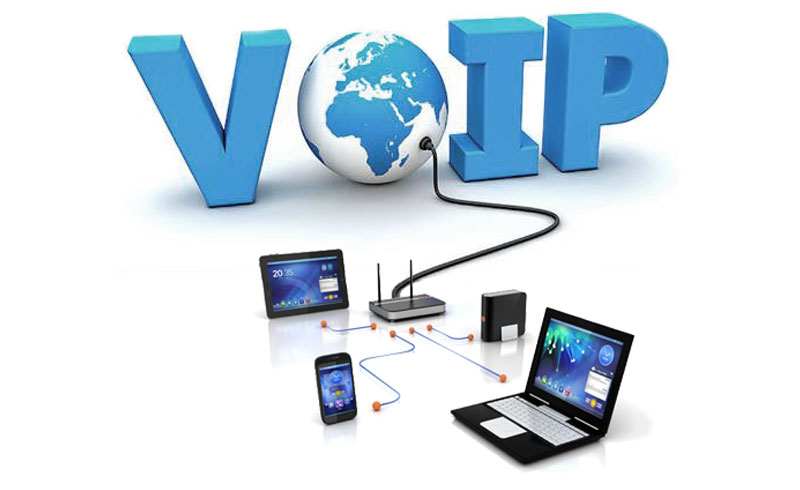Regardless of where the web takes us in years to come – and take us places it will – chances are we’re unlikely to see the back of the all-important business phone system anytime soon. After all, there’s only so much scope for convenience and user-friendliness when it comes to email, instant messaging and live chat, which in turn means there will always be an important place for direct one-to-one vocal communication.
For small and large businesses alike, telephone systems are a must. Over recent years, however, more businesses than ever before have begun making the switch to VoIP systems as a replacement for their standard telephone lines. Somewhat combining the best of all worlds, quality office-based or home business VoIP phone systems offer all the same conveniences as standard telephones, though with a rich array of advantages thrown into boot.
So for those either considering an upgrade or looking into the idea of VoIP for the first time, here’s a quick overview of the key advantages to expect as standard:
1 – Cost Savings
Without a doubt, the biggest and most attractive benefit of all is the immediate and ongoing saving of money. The reason is that when you switch to VoIP, you switch to a system that uses the office’s existing broadband Internet connection to take care of all telephone communications. Instead of using standard telephone lines, it’s all done via the web and by way of the connections already installed. This means that no matter how many calls are made, how long-distance the calls may be or whether advanced features like video calling are used, it won’t add a penny to the standard broadband provision price. By wholly doing away with metered calling rates, costs can be brought down exponentially.
2 – Rich Features
Something else to bear in mind is the fact that the more features you have at your disposal, the more you stand to get out of your office’s communications systems. With a standard telephone system, the best you can usually hope for is a set of one or two essential features like call waiting and call diversion. With VoIP, dozens of powerful and easy-to-use features open up to the business to allow for everything from video conference calling to remote access from computers outside the office and so much more.
3 – Simple User Interface
Speaking of the features available, what’s also advantageous about the modern VoIP system is the way in which the software that powers the hardware will in most instances feature an extremely simple-to-use graphic interface. Using even the most advanced and powerful features becomes as easy as hitting an on-screen button, which in turn allows all users to make full use of the available features with little need for training or guidance.
4 – Minimal Hardware
As VoIP connects directly to the office’s existing computers, there’s very little need for additional hardware to be brought in. Aside from the actual VoIP handsets themselves, the whole thing is powered by the computer hardware and the software provided by the VoIP brand. This not only saves money but also eliminates the need to set aside space for things like on-site PBX hardware. And of course, the less hardware that’s needed to power the system, the less there is to break down, repair and replace as and when needed.
5 – Call Quality
It’s really not until you try out VoIP for the first time that you’re able to truly understand just how much better both video and voice-calling quality can be. It’s not to say that a quality telephone system won’t get the job done, but when it comes to speaking or communicating with others as if they were right there in the room with you, VoIP really is in a league of its own. What’s more, call-dropping and poor line quality, in general, can be wholly eradicated with a solid VoIP system from a leading provider.
6 – Flexibility
Last but not least, it’s still commonplace these days for any business looking to have a conventional phone line or multiple lines installed to face heavy initial expenses followed by a mandatory contract of at least a year – often two or more. By contrast, with VoIP it’s simply a case of picking up the hardware as and when it’s required, hooking it up to the existing computer/network systems and choosing a flexible package to suit. Changes can be made as and when needed, no heavy deposits or initial payments are needed and if the decision is made to call it quits, chances are it isn’t going to be nearly as difficult or as expensive as it would be with a convention telephone service package.

